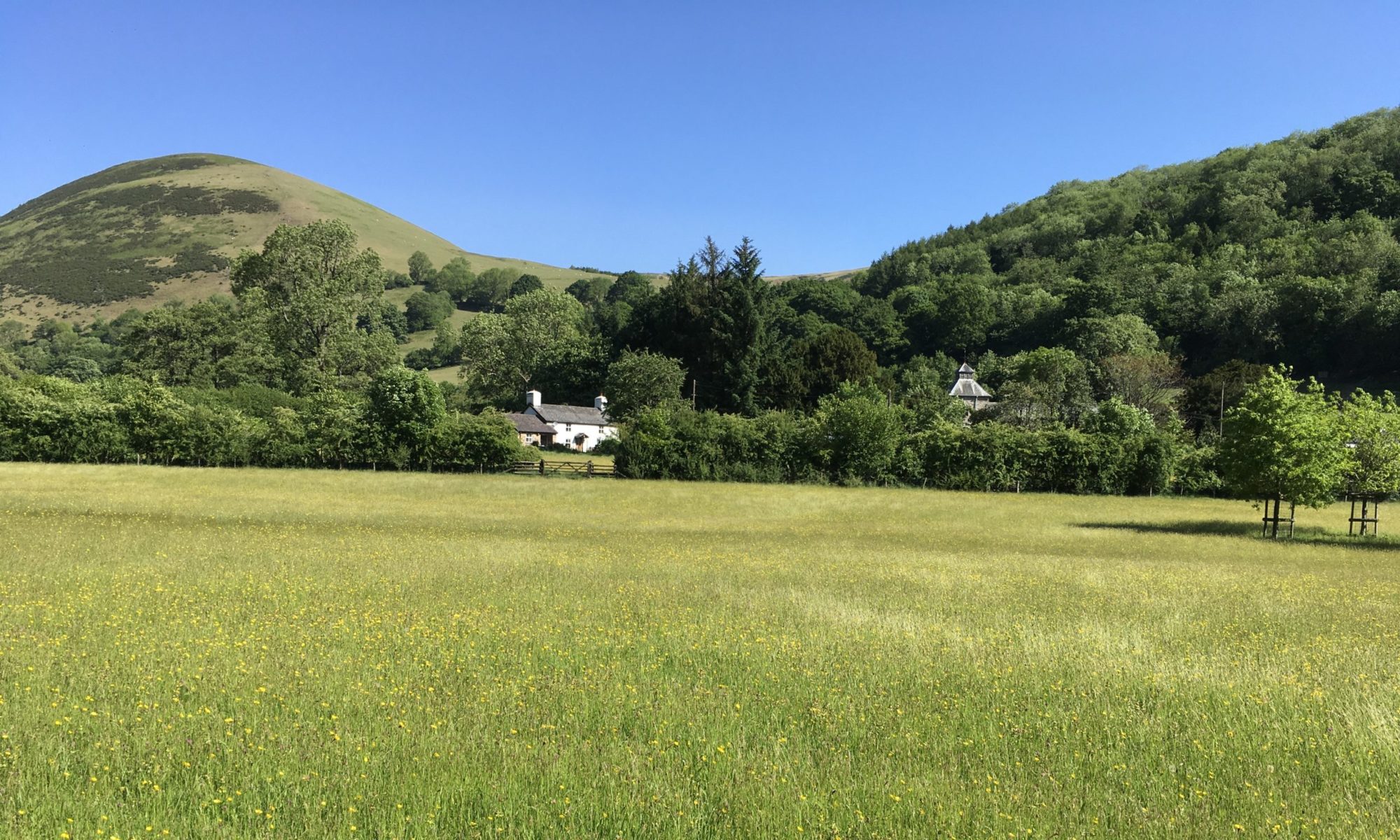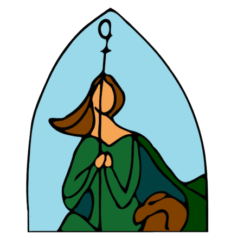Reflection for the Second Sunday of Advent.
An oracle concerning the animals of the Negeb. Through a land of trouble and distress, of lioness and roaringlion, of viper and flying serpent, they carry their riches on the backs of donkeys, and their treasures on the humps of camels, to a people that cannot profit them. Go now, write it before them on a tablet, and inscribe it in a book, so that it may be for the time to come as a witness for ever.
Isaiah 30: 6, 8.
Why does anyone begin a journey? Some people will just set out into the unknown, buy a ticket to anywhere, just for fun and adventure, but most people have a motive, an idea where they will be going and why and what they will find when they reach their journey’s end. Since the time of Jesus many map-makers have given us intricate and exciting pictures of where we could go, where we could explore, and today we live in the era of the GPS and the Satnav where journeys are plotted out for us. Human beings have even made the journey to the moon.
The ability to journey is a remarkable feat of the human imagination; an ability to project into the future and aim for a vision of something which has not yet come to pass: a meeting, a holiday, a new place to live or work or settle a family. Many journeys are anticipated with pleasure and excitement; others are the forced result of natural disaster, war, or persecution.
That ability to imagine a future is an important part of Christian mission. Without it, we are stuck dealing only with our current context, what we see and experience around us. But God calls us into our own future, to be prophetic about what the world could be and look like.
The Magi then, looked up and out and imagined that what they might find at journey’s end would be worth the trouble and toil of those travels. But they didn’t just decide on a whim. In St Matthew’s gospel they come to ask for ‘he that has been born King of the Jews’. They already have in their minds a hope and an expectation. That is why some commentators have suggested that the Magi were priests, because the Zoroastrian religion in Persia had a tradition that a Messiah would be born in Judea. So this tells us that God’s mission, the missio Dei, involves not only the vision of a new future for human beings, but that that vision is for all human beings, even those outside the faithful. Indeed, it may even be those outsiders who hear and respond to God’s call most effectively, – an uncomfortable point Jesus makes to his hearers in Luke 4.
So the Magi began a journey, a spiritual journey, to find the person of their religious prophecy, a person born to be a king, a person who would change the world.
In Advent, we too are on this journey. God continues to call us to set out to meet him in Jesus Christ. How will we prepare for and set out on this journey?
In our churches and fellowships, the journey of the Magi is often all too brief. Perhaps they travel from one side of the church to the other to join the figures at the crib, or maybe they hide behind the stable for a little while. But it’s hard to get across the sheer scale of the journey St Matthew hints at.
Christian traditions have tried to give us a sense of this vast undertaking. St. Matthew only tells us that the Magi came from the ‘east’, from the direction of the sun rising. One tradition has it that the Magi were scholars and that their names were Caspar (or Gaspar), Melchior and Balthazar and that they came from India, Persia, and Arabia. Imagine coming to Jerusalem all the way from India!
Christmas cards give us a very unrealistic picture of the journey of the Magi as we see them happily swinging across a smooth sandy vista lit by starlight where all is calm. Isaiah however, gives us a much clearer picture of the hazards of travel. The Magi would almost certainly have had to use camels to cross the desert and would have needed access to water. They would have had to carry and to find food, perhaps from traders on the desert routes or in towns and villages. Perhaps they were seasoned travellers, used to carrying articles for trade, but even if they were, the journey would likely have taken months, through uncertain weather and difficult terrain, so they must have been very determined and very driven. The journey was hard and dangerous and anyone crossing such a distance must have been aware that it could cost them their lives.
Yet St Matthew says that they continued on their journey inspired by a star.
As we journey through Advent towards the birth of Christ the Saviour, perhaps we can find some of this determination and vision. Yet we cannot sugar-coat what it might cost us to make the journey, what it might mean to find Christ. The journey in Advent, as in the journey of life, asks us the uncomfortable question: are we ready to meet God?
The Magi are usually shown as riding camels. Travellers of that time had to take animals with them to carry loads and provide transport and they too needed food and water along the way. How important is it that both human beings and animals together made the journey to find Jesus? Are there animals which have been important in your life’s journey? How have they helped you?

